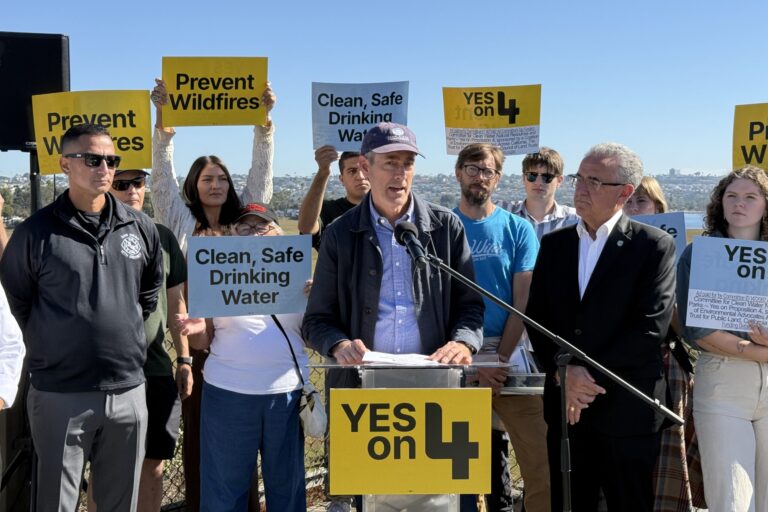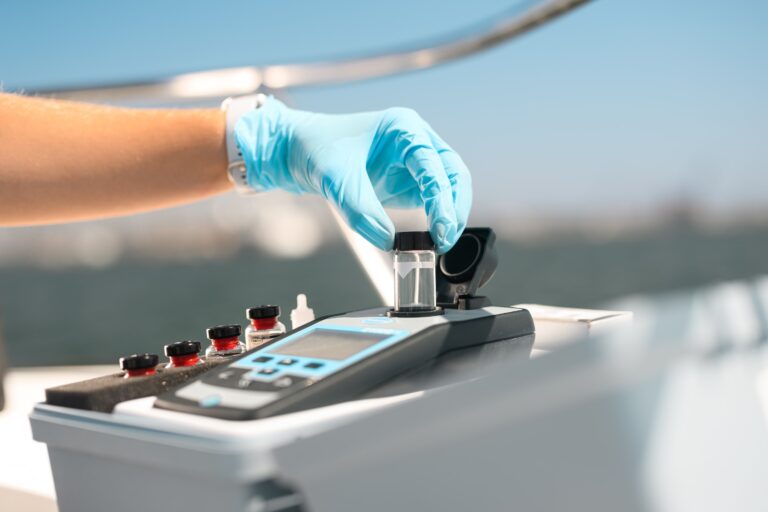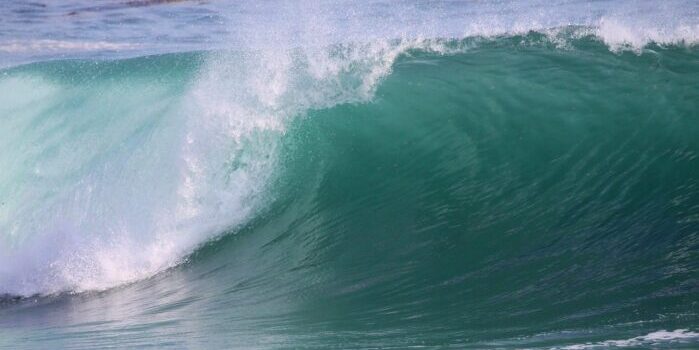Urban Runoff
Urban runoff is the term for water that flows over man-made surfaces in densely populated areas and drains into our water bodies. Runoff may originate as rainwater (called “stormwater” by water managers), landscape irrigation, leaks, or any other source that causes water to fall on or flow over urban surfaces. Once water from stormwater, irrigation flows, leaked water, or other surface waters begins to flow over the hard surfaces of our cities, it picks up accumulated urban pollutants. Common urban pollutants include motor oil, grease, pesticides, fertilizer, particulate metals, pet waste, toxins, bacteria, and viruses. By picking up and carrying these substances, urban runoff becomes polluted urban runoff. This polluted runoff flows untreated through our city’s stormwater system and into San Diego’s lakes, rivers, bays, and ocean. Urban runoff represents both our city’s greatest pollution challenge, and, in the form of captured and treated stormwater, one of our greatest untapped potential water supply sources.
Runoff Pollution
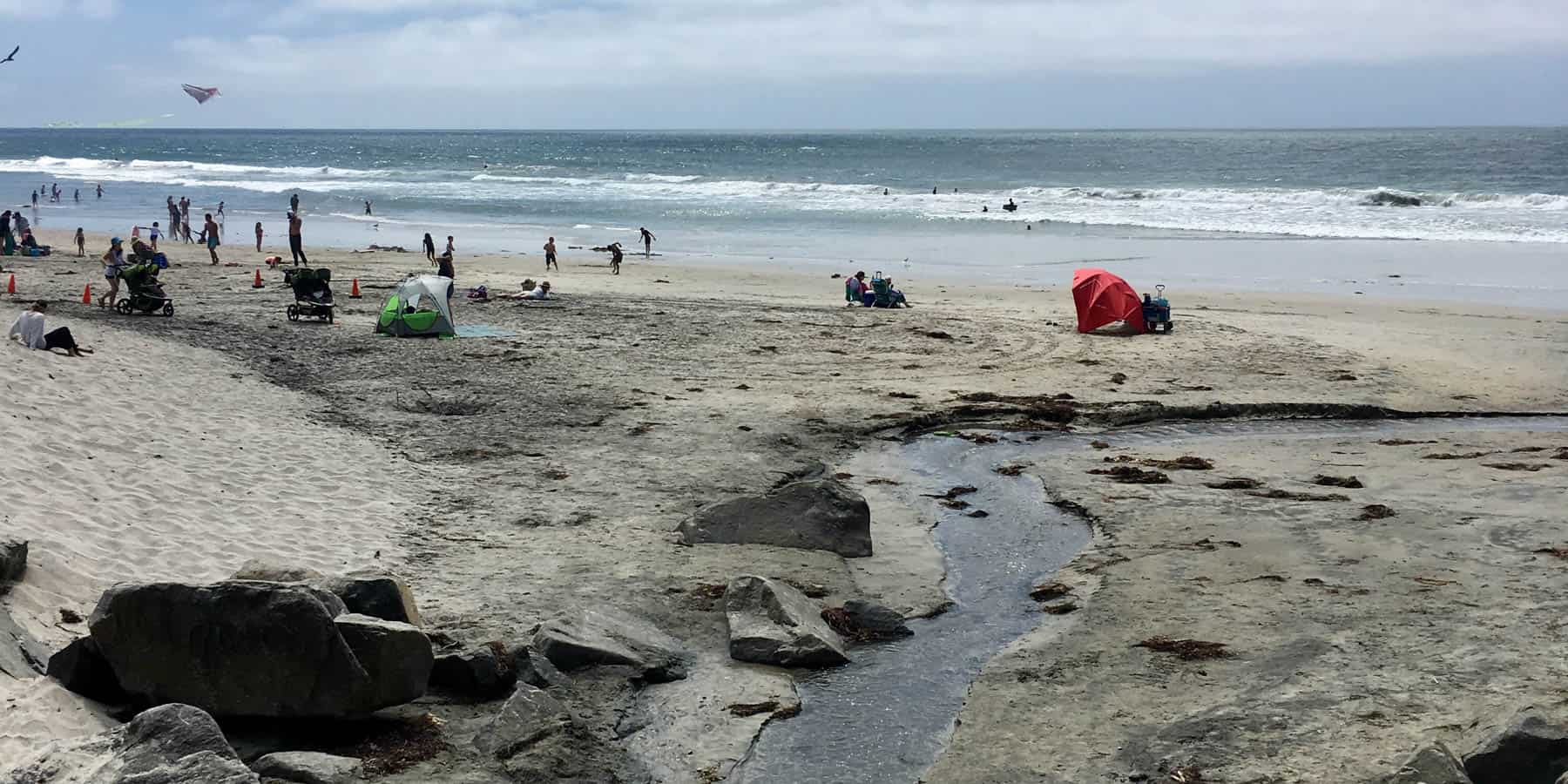

San Diego’s stormwater infrastructure consists of thousands of miles of storm drains and pipes which serve to convey millions of gallons of runoff from our cities into our rivers, creeks, and ocean each day. Though designed to prevent hardscape-covered urban areas from flooding, the stormwater system effectively transports pollution from our cities right into our environment via polluted urban runoff. Pollutants in urban runoff include excessive nutrients from lawn fertilizers, toxic metals from industrial operations, trash and hazardous materials from municipal waste operations, sediment from construction sites, and harmful bacteria from pet waste or leaking wastewater infrastructure, and much more. Untreated discharges of urban runoff degrade and impair San Diego’s waterways and make them unfit to swim, fish, or recreate in or around. Today, over 90 percent of San Diego’s waterways are unhealthy and listed as impaired.
Stormwater Capture
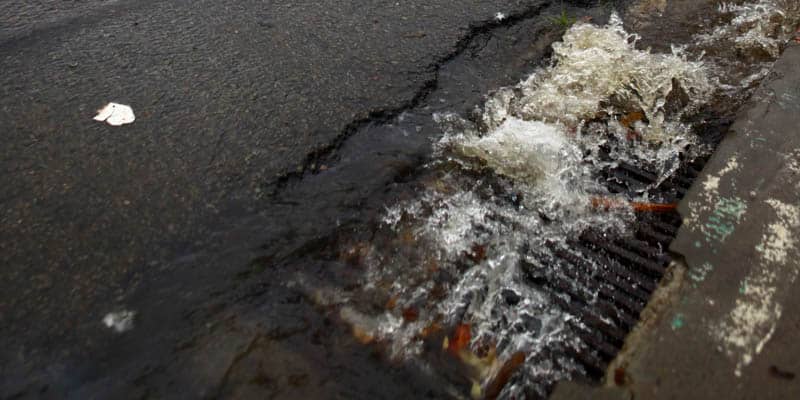

Despite the significant pollution challenge posed by urban runoff, stormwater also represents an untapped potential local water supply. Currently, stormwater moving through our cities picks up pollutants, and is then shunted away from the cities and into surrounding waterways. In this system, stormwater is managed as a hazard in need of quick removal, and becomes polluted through contact with urban areas, roadways, and chemically-sustained landscaping and agriculture. However, rainwater that falls on our region also represents a low-cost, local water supply. Capturing and treating stormwater – instead of allowing it to turn into polluted urban runoff – is a multi-benefit approach to stormwater management that both reduces polluted flows into our environment and provides an additional sustainable water supply to our region. You can read more about stormwater capture here.







